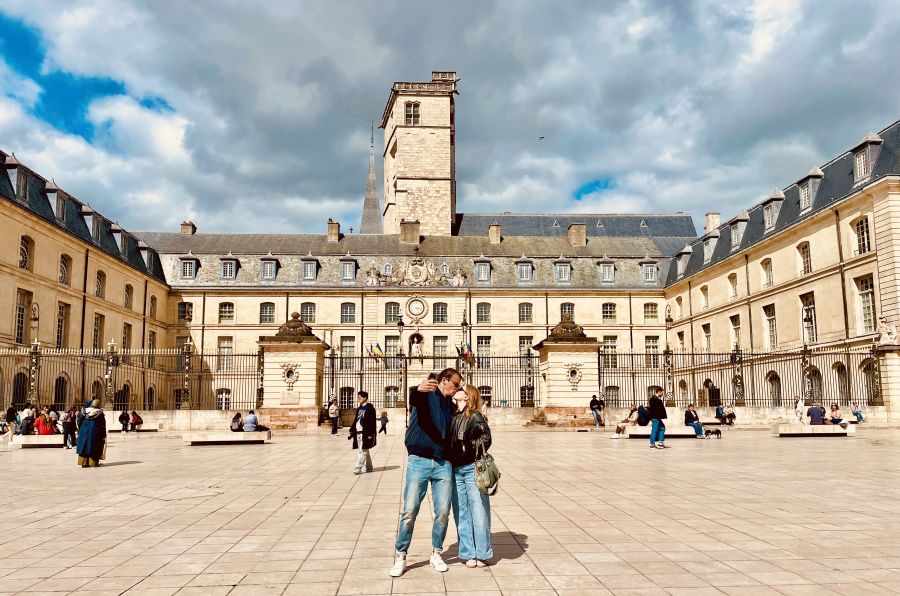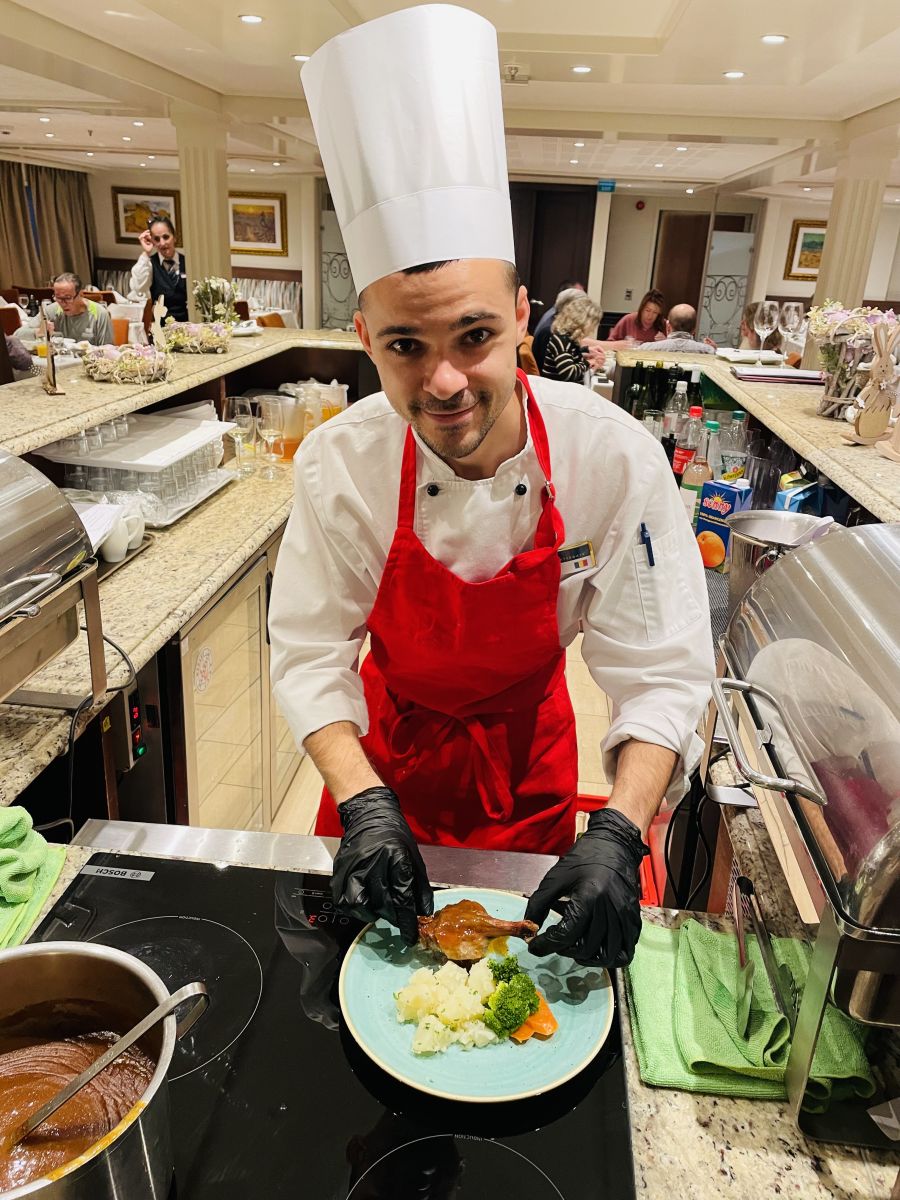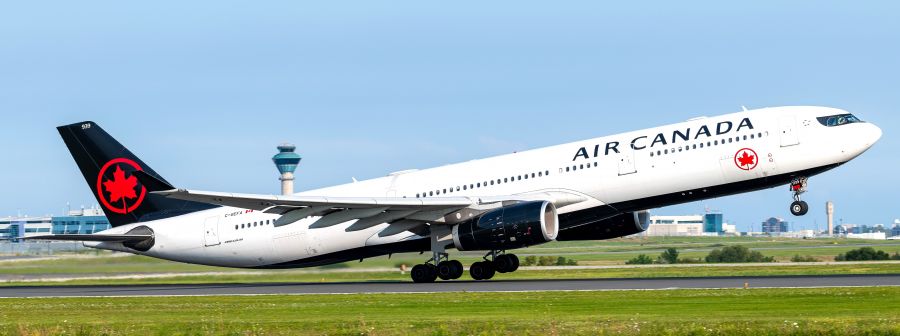Accordion music serenades us through Dijon’s triumphal gate.
As my wife, Kerry, and I stroll through Darcy Square toward William Gate (Dijon’s equivalent of Paris’ famous Arc de Triomphe) an old man just happens to be sitting there randomly on a folding chair playing the squeezebox.
It’s so fortuitous and quintessentially French.
We feel special and enchanted – although there are hundreds of other people milling around Darcy Square and passing through the arch in both directions.

The old busker is nonplussed – he just wants passersby to toss a euro or two in the upturned hat at his feet.
I contributed two euro and asked him, holding up my iPhone, if I could take a photo.
He probably only partially understands, shrugs and I take a picture of him not exactly smiling.

This scene plays out as Kerry and I take a jaunt from the AmaWaterways river cruise we’re doing on the Saone on the AmaCello from Dijon to Lyon through France’s renowned Burgundy wine region.
We’re intrigued by Dijon.
After all, any simple game of word association automatically links Dijon with mustard.
In fact, some people may only think Dijon is a yellow condiment and not a city of 260,000 souls, the capital of Burgundy.
So, we step through William Gate and onto pedestrianized Liberty Street to discover Dijon is a gem of neoclassical architecture, oozing with French charm.
Shops of all kinds line the street and side streets selling clothes, shoes, electronics and, inevitably, mustard.
Not just any mustard, but mustard de Bourgogne, a speciality and delicacy with renowned Protected Geographical Indication (PGI) status because it can only be made the traditional way of mustard seeds grown in Burgundy with a splash of white wine from Burgundy, not the vinegar found in garishly yellow prepared mustards.


Of course, there’s a specialty mustard store at the corner – Moutarde Maille, the company founded in 1747.
We enter, we marvel at the selection, we taste, we purchase.
Our tour guide, Sarah Tort, tells us the French are the world’s biggest consumers of mustard, downing an astounding one kilogram of it per person per year.
They’re not just smearing it on sandwiches, but making salad dressings with it, marinating meats in it, making sauces for vegetables and fish with it and blending it with mayonnaise for a myriad of other uses.
The French even spread mustard on gingerbread – the savoury version, not the sweet kind we have at Christmas.

Walking and gawking to the end of Liberty Street, we come upon Liberation Square, the former King’s Square, renamed after the Second World War.
It’s actually a semi-circular plaza anchored by the former, imposing and beautiful Palace of the Dukes of Burgundy.
The palace now houses Dijon city hall, the art museum and the tourism information centre.

The rest is ringed by restaurants with their patios spilling out onto the plaza, creating that atmosphere that lures in visitors and locals alike.
The menus of these restaurants prove there’s more to Dijon than mustard.
There’s regional dishes like boeuf Bourguignon (beef slow cooked in Burgundy’s signature red wine Pinot Noir), coq au vin (chicken cooked in Pinot Noir), escargot (snails in garlic butter and white wine, likely Burgundy’s signature white Chardonnay) and meurette (poached egg on a bed of croutons and topped with red wine sauce).


We take an al fresco seat at Brasserie Hotel de Ville (BHV) to sip 2023 Nuiton Beaunoy Pinot Noir and watch the world go by.
Back on the AmaCello, we start the ‘Flavours of Burgundy’ river cruise on the Saone and make stops in Seurre, Chalon-sur-Saône, Tournus and Macon before ending up in Lyon at the confluence of the Soane and Rhone rivers.
On board, there are wine-paired lunches and dinners, sip-and-sail happy hours, lounging on the sun deck and hanging out in our cabin staring at the Saone and the breathtaking passing scenery.

Excursions off the boat visit castles and chateaus for Burgundy wine tastings (so much incredible Chardonnay, Pinot Noir and Beaujolais), cycling past vineyards and walking tours through charming towns and villages.
In Lyon, we take advantage of its ‘world capital of gastronomy’ status and imbibe at Les Halles de Lyon, the food hall of all food halls, and eat in a traditional Bouchons Lyonaiss restaurant for simple, affordable and delicious fare (think salad Lyonnaise and sausage cervelle).

Air Canada makes it easy to get to the ‘world capital of gastronomy,’ and an AmaWaterways river cruise, with four-times-a-week, non-stop flights between Montreal and Lyon.
In fact, Air Canada is the only airline to have year-round, non-stop flights between North America and Lyon.
Air Canada also continues the Lyonnaise cuisine theme on return flights with onboard lunches of pork terrine with Dijon mustard and boeuf Bourguignon..
Check out https://www.destinationdijon.com/, https://www.amawaterways.com/ and https://www.aircanada.com/home/ca/en/aco/flights.


























